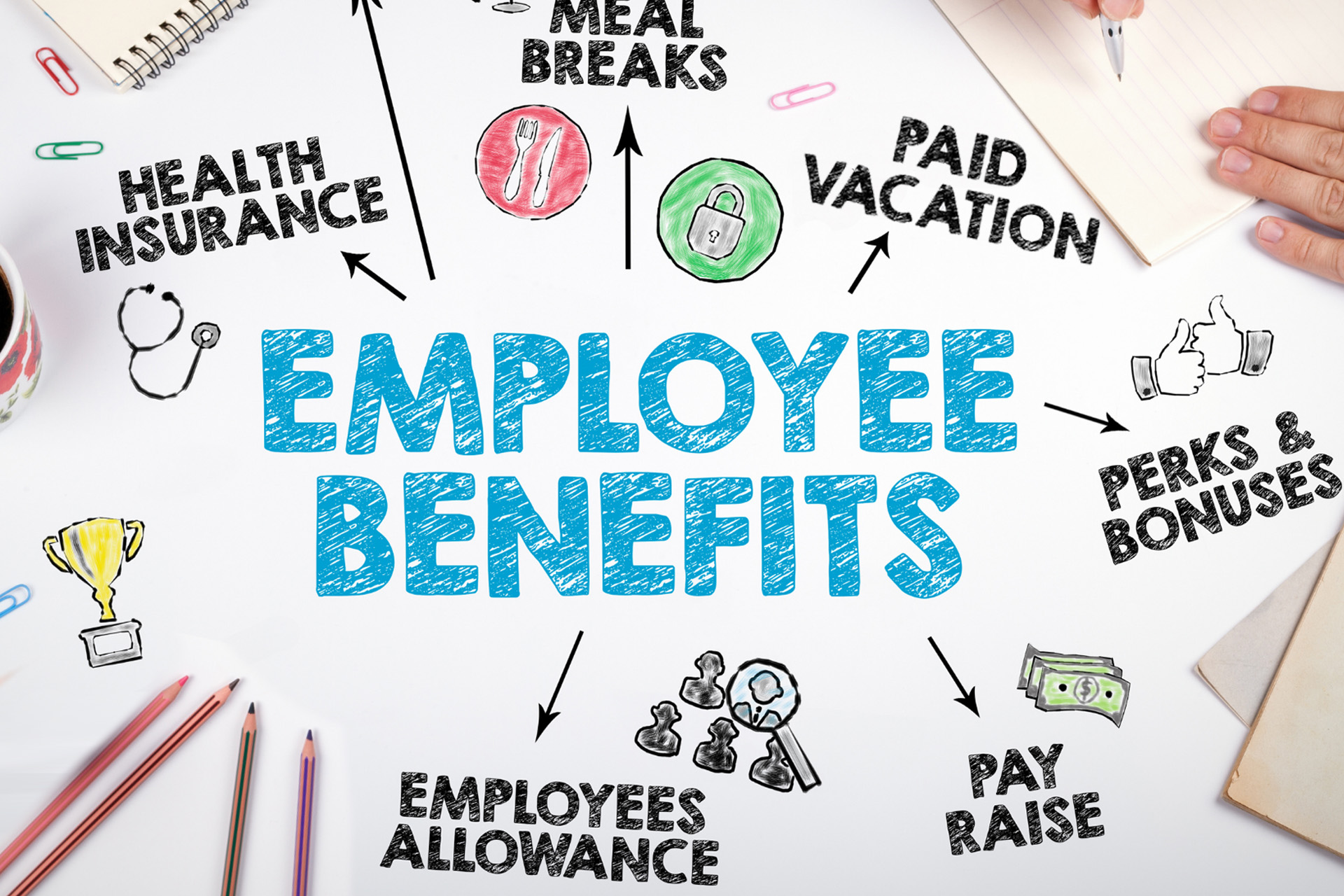Employee benefits are a vital part of any company’s remuneration package. They represent the compensation an employee receives beyond his/her base salary or wages. In my personal observation, however, offering competitive benefits is often either greatly undervalued or assumed unfeasible by many in the local MSME community. This can be a costly mistake. Skimping on benefits may help your bottom line in the short term, but long term can do more harm than good.
In the ongoing war to recruit and retain top talent, next to salary/wages, benefits are the most important factor many candidates take into consideration. In fact, a 2018 survey by QuickBooks found that almost 45% of employees of small businesses focus on benefits nearly as much as salary, and 87% of employees would prefer improved benefits over a 5% pay increase.
Most of us are familiar with some of the more common, traditional benefits like health insurance; but here are 4 less traditional, yet potentially valuable benefits small businesses can consider offering:
1. Flexibility
Nearly all businesses have been forced to adapt to some flexibility to work structure in the midst of COVID-19 – particularly as it relates to remote work from home. Several countries in the Caribbean region – including our own – have embraced this concept and are looking to expand on it by permitting foreigners to come and work remotely, abroad, on a fixed-term basis. Forward-thinking Bahamian companies that do not require in-person interactions can give consideration to offering this to their employees. Obviously, a geographically flexible model can’t work for all businesses; but other options for flexibility can include compressed 4-day work weeks, and staggering office hours (later/earlier start/end workday times).
2. Profit-sharing
A great method for incentivizing shared group performance can be profit-sharing. As opposed to bonuses, which may be more discretionary and sometimes based on individual merit, profit-sharing allows staff to enjoy a portion of the company’s profits when it performs well. This can be done on a quarterly, semi-annual, or annual basis; and can be distributed in the form of either direct or indirect payments. As the business earns more, so do employees.
3. Training & Development
“The only thing worse than training your employees and having them leave is not training them, and having them stay”.
There are a few variations of this quote, but it’s one of my favorites concerning training & development because it so adeptly illustrates the importance of investing in your team. Top employees are constantly seeking ways to upskill, and a business that provides those opportunities stands a better chance at attracting those high performers.
Supporting employee development can be done in many different ways: company-sponsored training, tuition reimbursements, or even paid study leave days are just a few options you can consider.
4. Wellness Rooms
Wellness rooms are spaces that employees can access on the job to quickly recharge and have been linked to increased job satisfaction and productivity. There is no need for a huge area, but if space permits, businesses can divide the room into separate sections for specific purposes. A few ideas can be a lactation section for mothers returning from maternity leave to express privately and with dignity, a dimly lit section for employees who suffer from sensory migraines, or even a section for quiet meditation.
Bonus: Health Insurance
Although previously mentioned as one of the more common and traditional employee benefits, I add health insurance here as a bonus point to emphasize its importance to a benefits package. Certainly, in the majority of cases, health insurance is the most costly benefit a company can offer, and for that reason, many small business owners shy away from it. However, a 2019 study on employee benefits by the Society of Human Resource Management reported that a vast majority of employees (86%) advised that health-related benefits are very important to them. Top talent – especially those you want to retain long term – will absolutely be looking for this.
This post highlights just a few options that small, medium and micro-sized businesses can consider when developing or enhancing their benefits packages. What you ultimately select should be based on budget, as well as which benefits will resonate most with your employees. Go ahead and take the first step: poll your staff to see how your current offering ranks and what improvements can be made. Then take those recommendations to creatively design a package that serves both you and your team.




